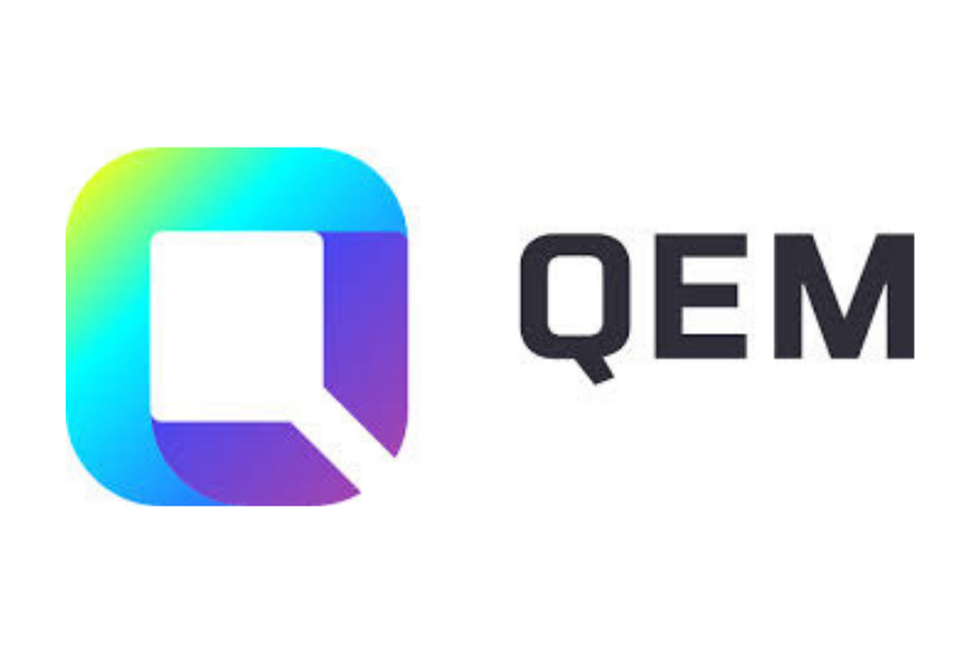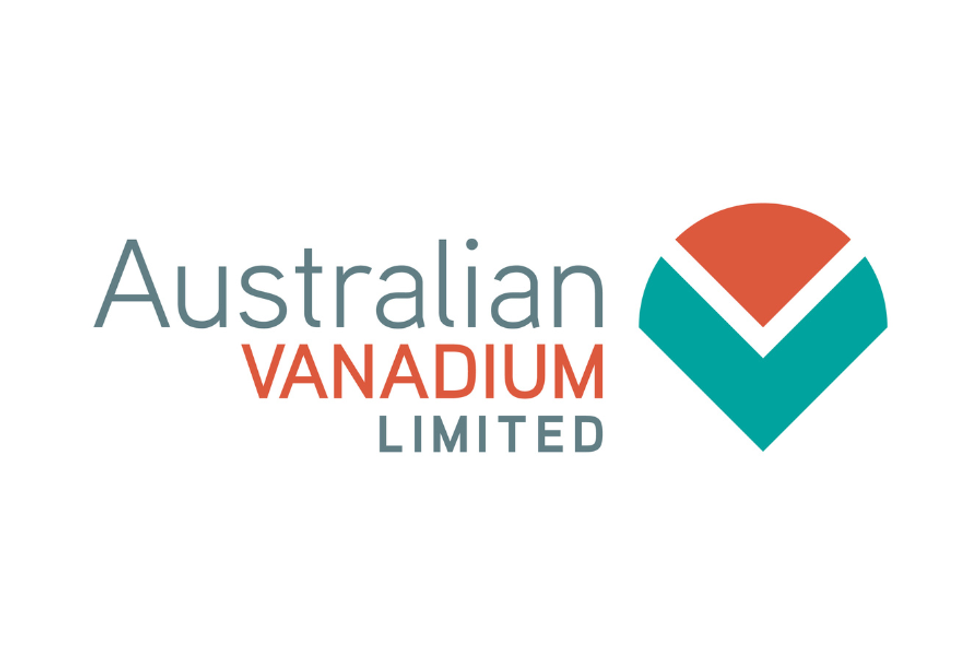The growth of steel demand, which accounts for over 85 percent of vanadium’s use, has help raise the price. Nowhere near the $40 per pound price seen in 2008, vanadium has room to grow. Also, the use of vanadium in new battery technology gives a new dimension to the market and may increase the demand for the metal significantly.
By Michael Montgomery—Exclusive to Vanadium Investing News
Vanadium followed the general upward trend of most metals commodities that was seen in 2010. Price for the metal has risen from around $10 per pound, to a high of $15.50, and has settled back down to $14 per pound, no where close to the nearly $40 highs of 2008, according to prices on Info Mine. As economies struggle to get back on their feet, large scale infrastructure projects that require massive amounts of steel, hurt worldwide steel consumption. Around 85 percent of vanadium, is used in hardening steel alloys, any investor should pay notice to steel demand as a determining factor in vanadium’s price. China once again led the way in steel production, and consequentially vanadium consumption. The urbanization and modernization of China, India and other emerging economies buoyed steel demand in 2010.Steel demand in China and the Asian economic zone as a whole is projected to rise once again in 2011. Adding Brazil and Russia, the BRIC countries are seen to be the drivers of not only vanadium supply, but also the supply and demand of steel. India leads the way in growth for steel demand, with a projected “13.6 percent in 2011 to 68 million tonnes,” reported Prashant Mehra, for Reuters. The projection from JSW Steel, one of India’s largest steel producers, projects steel demand doubling to 122 million tonnes by 2015.
The outlook for China is slightly less optimistic compared with the dramatic growth of the last few years. “Chinese domestic consumption of crude steel is seen growing by 8-9 percent to 650 million tonnes next year,” according to consultancy Shanghai SteelHome. The strength of BRIC countries shows a shift in economic strength towards the developing world. China, the main consumer and producer of vanadium, “now accounts for almost 50% of the global total and planned expansion over the next two years,” according to the article on Steel Guru. Also a regulatory factor that helps vanadium is the increase the quality of steel used, the higher the quality steel the more vanadium and molybdenum will be used.
Another factor in the potential rise for vanadium is its use as a low cost alternative, as well as higher energy storage potential in batteries. Cheaper than lithium/cobalt batteries, lithium/vanadium batteries may be the wave of the future in an array of applications from electronic devices to hybrid and electric automobiles. “The charge-discharge rate for [lithium/manganese-oxide] is 10C, whereas lithium/vanadium/phosphate batteries have a charge-discharge rate of nearly 50C. That means you can charge the battery faster, which makes them very attractive,” stated Jon Hykaway, Byron Capital Markets analyst. He also stated that Subaru and China’s BYD Auto were developing batteries made with vanadium.
The use of these batteries will not be limited to just consumer electronics and automobiles, but also as energy storage for renewable energy such as solar, and wind power generation. Vanadium redox flow batteries are suited for large power storage applications, these developments were covered on Energy Investing News last month. These batteries take only minutes to recharge as compared to hours with standard lithium-ion batteries, and have approximately 10 times the lifespan. These batteries may well be the key in the growing renewable energy sector.
The outlook for vanadium in 2011 is strong due to increasing steel demand projected through at least 2015. Mandates for higher quality steel in emerging markets should increase the level of demand for vanadium over that of steel demand alone. When added with the potential for a whole new market with battery production adding into the overall demand vanadium’s future looks energetic.


